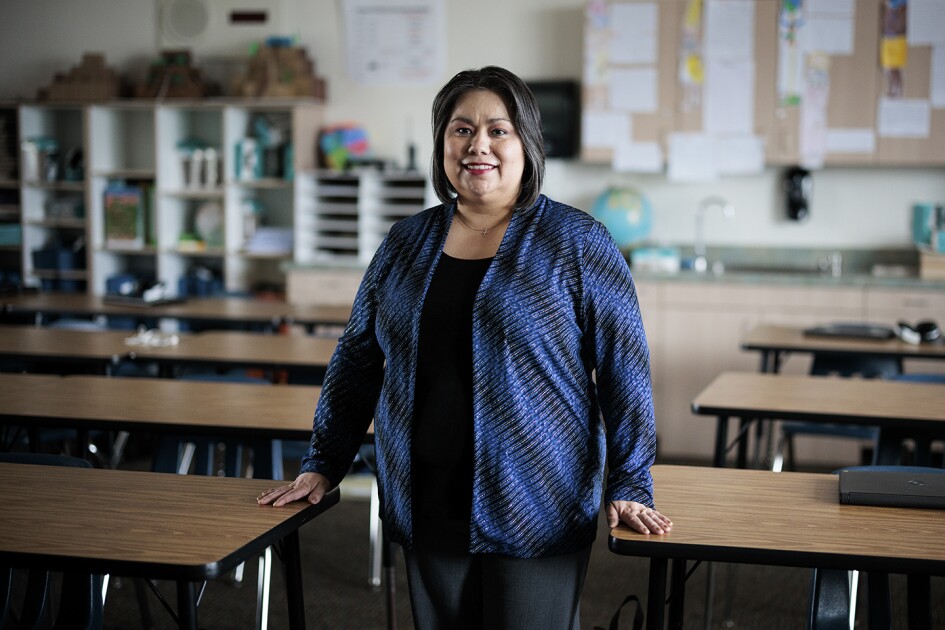The Bridgeport (Conn.) Board of Education last night unanimously passed a new parent-engagement policy for the Bridgeport Public Schools that was conceived of, written, and lobbied for by a diverse group of parents.
Excel Bridgeport, a new educational advocacy organization, was the catalyst for creating this first Parent Problem Solvers group, but the parents themselves identified the issue they wanted to tackle and chose a new parent-engagement policy as the way to approach it. They even have a website and Excel Bridgeport kept a timeline tracking their progress.
This new policy resulted from nearly eight months and hundreds of hours of commitment from the parents of students in the 20,000-student district.
Among the provisions of the just-adopted policy:
- A more welcoming school environment, with signs, teams of Parent Ambassadors, and polite, friendly greetings;
- Clear behavioral expectations, including respectful behavior from parents; a receptive attitude from teachers; and much more;
- A greater range of communication between parents and the school system, with a parent survey, and translations of relevant communications;
- Effective access for parents to schools, teachers, and administrators;
- Resources to increase parents’ skills and knowledge, so parents can better help their children;
- Opportunities for parents to engage in service, encouraging parents to dedicate at least 10 hours per year to help schools—from home, at meetings, or in the classroom.
The board’s approval of the new policy means it replaces a pro forma Title I-inspired policy that had been on the books since 2003. The new policy, which is 8.5-pages long—including a glossary of acronyms and terms—is expected to be advanced by the parents who helped create it.
Jessica Martinez is one of those parents. The mother of a 9-year-old who attends Luis Munoz Marin School, Martinez describes the experience of participating in the problem-solving parent group as “eye-opening.”
“When we looked at all the problems the school system faces, we realized that increasing parent engagement would help solve some of them,” she said. Indeed, the Bridgeport educational system has a spate of issues, and the schools are now being run by Paul Vallas, an interim superintendent with a reputation as a turnaround specialist. Vallas supported the parents’ initiative to effect change.
Martinez was surprised at how much the parents in the problem-solving group needed to advocate for the proposed parent engagement policy—sometimes experiencing negativity from groups even when they had not read it. To educate people and promote the policy, the parents gave more than 30 presentations, and gathered more than 300 signatures in support of the policy before its adoption.
Maria Zambrano, executive director of Excel Bridgeport, believes the Bridgeport effort could be a model for other communities.
Last fall, Excel Bridgeport partnered with the Columbia University’s Center for Public Research and Leadership to develop an innovative way to engage parents as central drivers of education change.
“We wanted to actively learn from parents,” Zambrano said. “Oftentimes in education reform, there’s an expectation that folks who are political leaders know what’s best for students, for schools. The thinking here is that the ones who are experiencing it are the best to come up with the solutions.”
She pointed to the stigma that parents in low-income parts of the community “don’t care or won’t commit to the time it takes,” she said. This movement—from stakeholders identifying the problem, to creating the strategy and advocating for adoption—"shows that district-wide reform is possible from the bottom up, and this is how it looks,” she said.
As for Martinez, she believes there’s a side benefit of her advocacy efforts: her elementary school-aged son attended many meetings with her, and saw her passion for creating change. He watched her make change happen. It’s a lesson he will take with him into adulthood.



